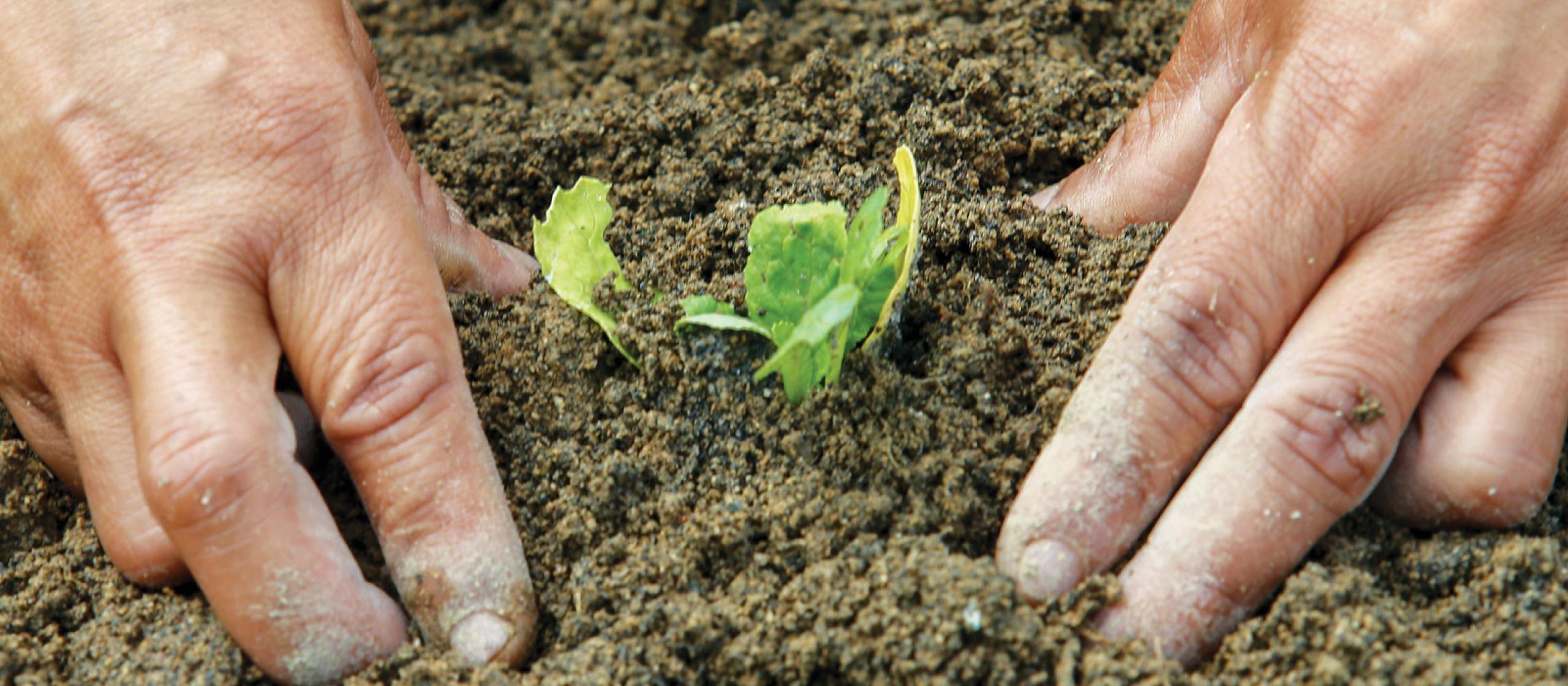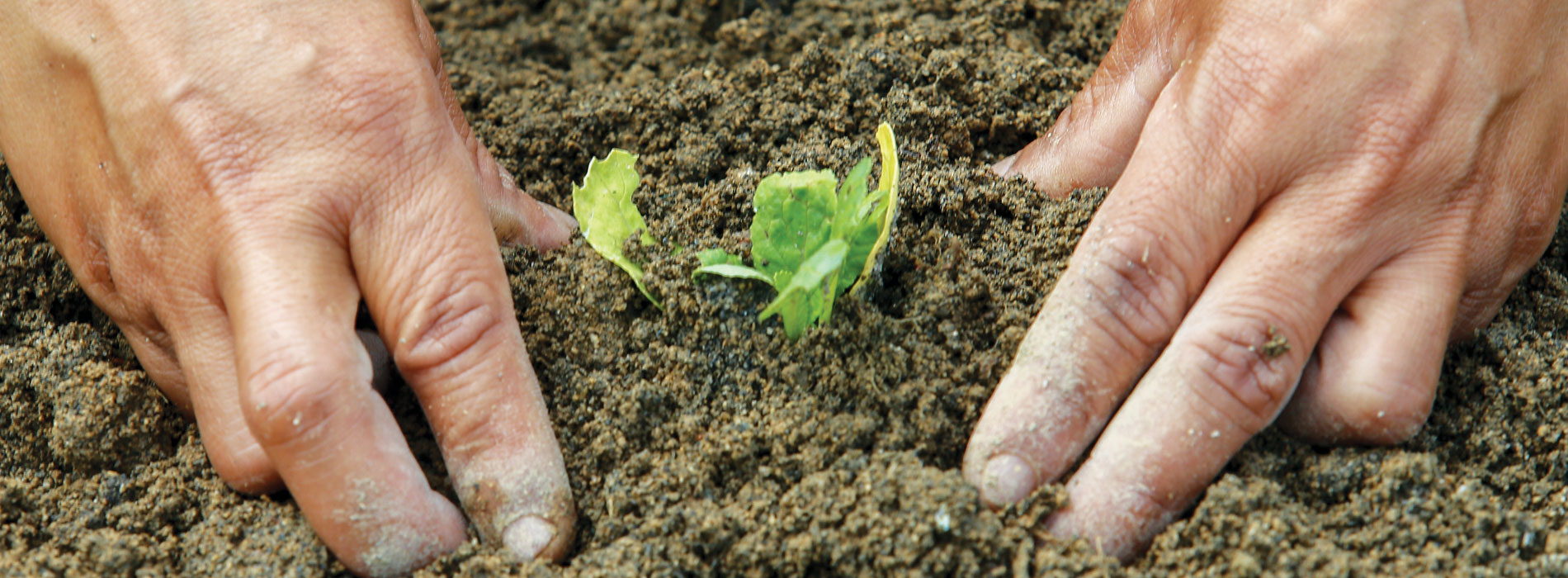Creating new value and jobs from waste streams may be the most recognised form of the circular economy in action, but it is a much broader concept that aims to keep the global consumption of resources within planetary limits.
The first key principle of the circular economy is preventing waste in the first place; recycling is effectively a last resort.
At the simplest level, a circular economy is based on 3 key principles:
- eliminate waste and pollution
- circulate materials at their highest value, for as long as possible
- regenerate nature.
The Ellen MacArthur Foundation, a leading international advocate for the circular economy, extends on this to distinguish between technical and biological resource cycles, which require different responses.
The technical cycle refers to goods manufactured from finite resources, everything from cars and houses to clothes, electronics and plastics.
These are the primary focus of strategies to keep products circulating for as long as possible – designing goods with end-of-life re-use in mind, extending use by refurbishing, remanufacturing or repairing products, through rental or shared ownership schemes to maximise use, and recycling materials at the end
of their life.
The biological cycle refers to materials that can biodegrade and safely return to the earth and is the primary focus of regeneration strategies – building natural capital, rebuilding soils and increasing biodiversity.
Farming, forestry and fisheries practices that create positive outcomes for nature are at the heart of the regeneration strategies, along with the regenerative use of by-products or ‘waste’. This might include value-adding to create new products, composting or producing biogas and other biochemical feedstocks, all of which will eventually biodegrade.




